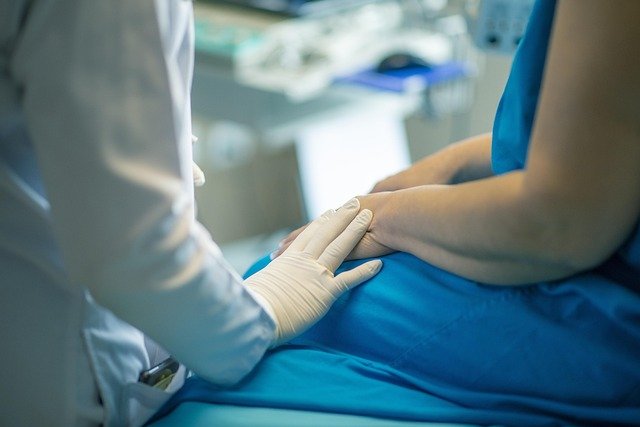Understanding the Weight Loss Balloon Procedure
A weight loss balloon is a non-surgical, temporary device placed in the stomach to reduce available volume and promote earlier satiety as part of a broader weight-management plan. Typically offered to adults who have not achieved desired results with diet and exercise alone, the approach is intended as an adjunct to lifestyle change rather than a permanent cure. Placement and removal are performed as a medical procedure by trained clinicians and are accompanied by follow-up from healthcare teams to monitor progress, manage side effects, and support behavioral change.

How does a weight loss balloon work?
An intragastric balloon occupies space inside the stomach so a person feels fuller sooner and eats less during meals. Balloons can be filled with saline or gas and vary by design; some require endoscopic placement, while newer models can be swallowed and inflated in place. The device is temporary — left in the stomach for a prescribed period — and works alongside dietary adjustments and physical activity to support weight loss goals. It does not alter the digestive tract permanently.
What happens during the medical procedure?
Most balloons are placed and removed using endoscopy under sedation, a standard medical procedure performed in a clinic or hospital setting. During placement, the deflated balloon is introduced into the stomach and then filled to the planned volume. Removal is similarly endoscopic: the balloon is punctured and withdrawn. Some systems use a capsule that is swallowed and later naturally excreted; these still involve medical oversight. Patients typically undergo screening before the procedure to assess suitability and minimize risks.
Who is considered by healthcare teams?
Candidates are evaluated by multidisciplinary healthcare teams that consider medical history, body mass index, prior weight-loss efforts, and behavioral readiness. The balloon is often recommended for people who need moderate weight reduction and who commit to supervised follow-up with dietitians, physical therapists, or psychologists. Contraindications may include certain gastrointestinal conditions, previous stomach surgery, or pregnancy. Final suitability should be determined through consultation with a qualified healthcare professional.
What does the balloon do to the stomach?
Physically, the balloon reduces the stomach’s functional volume, which changes meal patterns and can reduce caloric intake. Physiological responses — such as initial nausea or altered gastric motility — are common in the first days to weeks as the stomach adapts. The presence of the balloon can also encourage new eating habits because smaller portions become more practical. It is important to monitor the stomach for irritation, ulcers, or, rarely, device deflation, and to report persistent pain or concerning symptoms promptly.
Risks, recovery, and long-term weight loss
Common short-term side effects include nausea, vomiting, abdominal discomfort, and reflux; these typically lessen after the initial adjustment period. Less common but more serious risks include gastric ulceration, balloon deflation with potential intestinal obstruction, and complications related to sedation during the medical procedure. Recovery usually involves a brief period of restricted activity and dietary progression from liquids to solid foods. Long-term weight maintenance depends on behavioral changes and ongoing healthcare support once the balloon is removed.
This article is for informational purposes only and should not be considered medical advice. Please consult a qualified healthcare professional for personalized guidance and treatment.
Conclusion
The weight loss balloon is a temporary, device-based option within a spectrum of obesity treatments that aims to assist with portion control and initial weight reduction. It requires medical placement and removal, carries potential side effects, and depends on coordinated healthcare follow-up and lifestyle changes to achieve meaningful, sustained outcomes. Individuals considering this option should discuss risks, expectations, and aftercare with their healthcare team to determine whether it fits their overall treatment plan.






